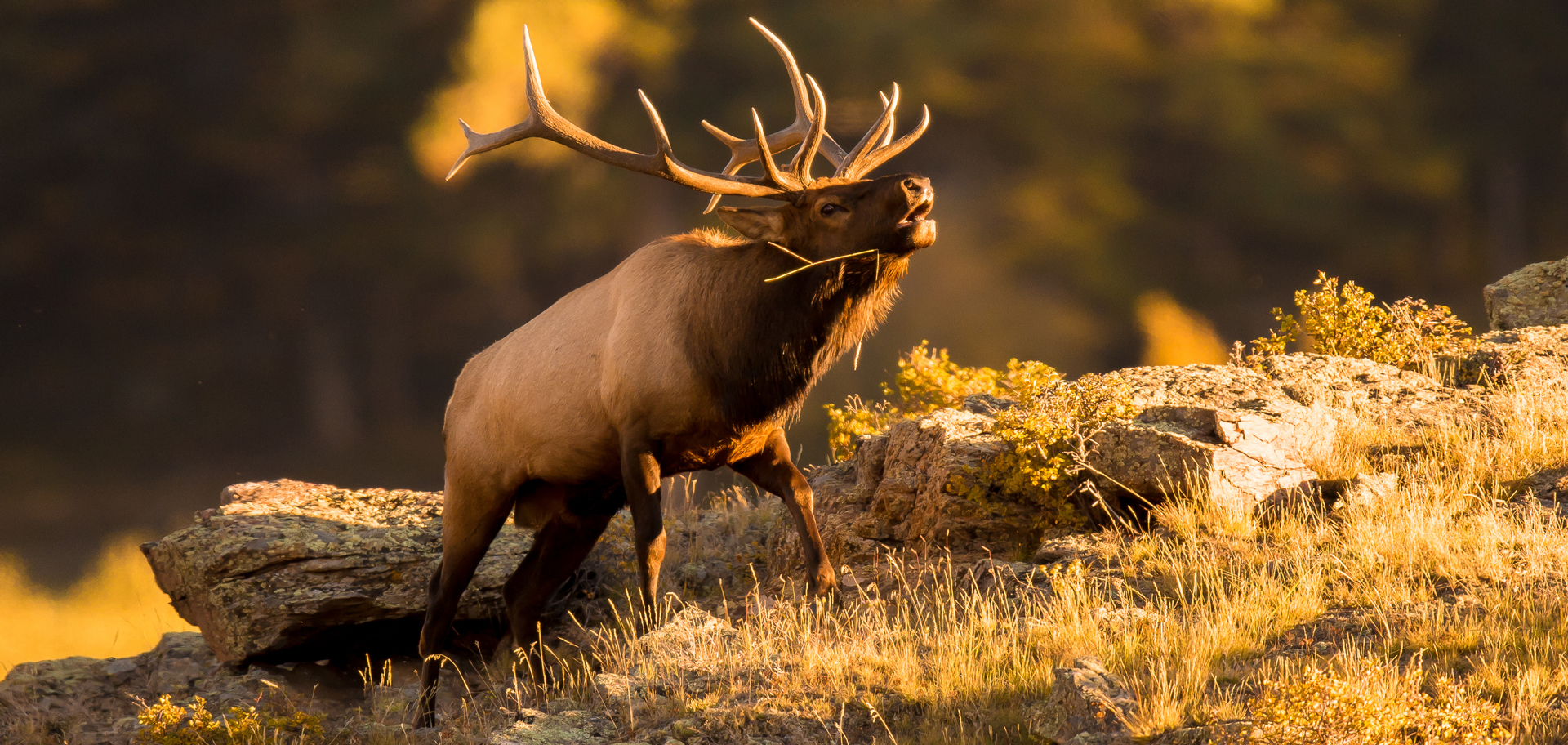
Yellowstone is the only place in the Lower 48 to have a continuously free-ranging bison population since prehistoric times. Now, preserved dung suggests that over the last 2,300 years, elk were the other primary, large herbivore species in the Greater Yellowstone Ecosystem watershed.
Large herbivores—such as bison and elk—have continuously lived in the Yellowstone National Park region for at least 2,300 years, according to a new analysis of chemicals preserved in lake sediments. How have they made their livings and survived for so long?
The answer to that question has long been sought by ecologists seeking clarity on the dietary habits of various animal species. In Yellowstone National Park specifically, it wasn’t obvious how herbivores—who subsist on grasses, trees and wildflowers—could compete for enough of those foods to survive the winter. But now, with the aid of state-of-the art biology and tracking tools, researchers have been able to determine not only what herbivores in Yellowstone eat, but also what strategies the animals use to find food throughout the year.
Another new insight into Yellowstone’s life-forms has been made on the opposite end of the size scale. A team of scientists has just provided the first experimental evidence that two new groups of microbes thriving in thermal features in Yellowstone National Park produce methane; a discovery that could one day contribute to the development of methods to mitigate climate change and provide insight into potential life elsewhere in our solar system.
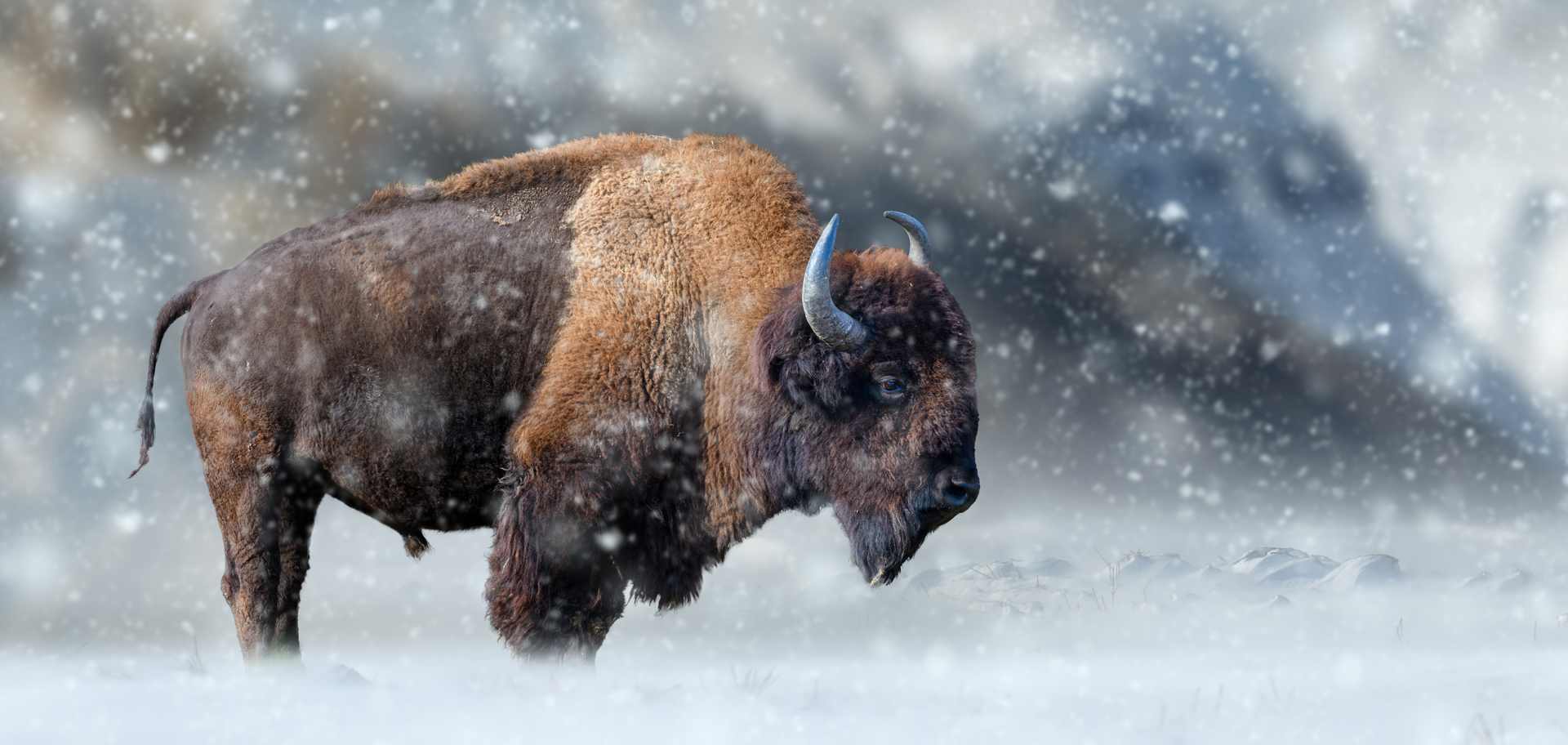
Recently, ecologists teamed up with National Park Service scientists in Yellowstone to answer a vexing question: how do herbivores—who subsist on grasses, trees and wildflowers—compete for enough of these foods to survive in winter?
A 2,000-year-plus residency—and counting
While the near extinction of bison in North America in the 19th and 20th centuries is a well-known, major ecological catastrophe, less is understood about where and how these animals lived before European colonization. To learn more, researchers from Oklahoma State University attempted to determine the dominant large herbivores that lived in the northern Yellowstone National Park area by analyzing steroids from animal dung in lake sediments dating from about 238 B.C. to the present time.
To perform this analysis, the scientists first determined which types of steroids occur in the dung of several large herbivores believed to have been living in the region for a long time, including bison, elk, moose, mule deer and pronghorn. They found they could identify moose, mule deer and pronghorn based on the steroids in their dung alone, but that bison and elk were harder to differentiate from each other.
When the researchers analyzed steroids from different layers of lake sediments, however, they saw that either bison, elk or a combination of the two were the primary large herbivore species in the watershed for the last 2,300 years.

A 2,300-year record of wild herbivore activity in northern Yellowstone National Park developed by using fossil biomarkers found in lake sediments provides critical information for understanding the long-term dynamics of culturally and ecologically important herbivores, such as pronghorn.
The analysis also showed high steroid levels in the 20th century, a time when hunting was banned, bison and elk were discouraged from migrating in winter, and their natural predators were eliminated.
Based on the levels of microalgae, plankton and plant pollen detected in these sediments, the researchers concluded that the expanded animal populations likely ate up local forage plants, like Idaho fescue and willow, and that their dung may have fertilized the growth of diatoms in the lake, changing the local ecosystem. Provisions of winter hay in nearby meadows, provided by park managers, also kept animals in the area for longer, resulting in impacts to the watershed.
The results, published in the journal PLOS ONE in October 2024, demonstrate that the analysis of steroids from lake sediments is a promising tool that can help conservationists and wildlife managers understand how communities of hoofed animals and their influences have shifted over time. Extending this approach to a network of sites could provide much-needed information on past, grazing animal communities at Yellowstone National Park and beyond.
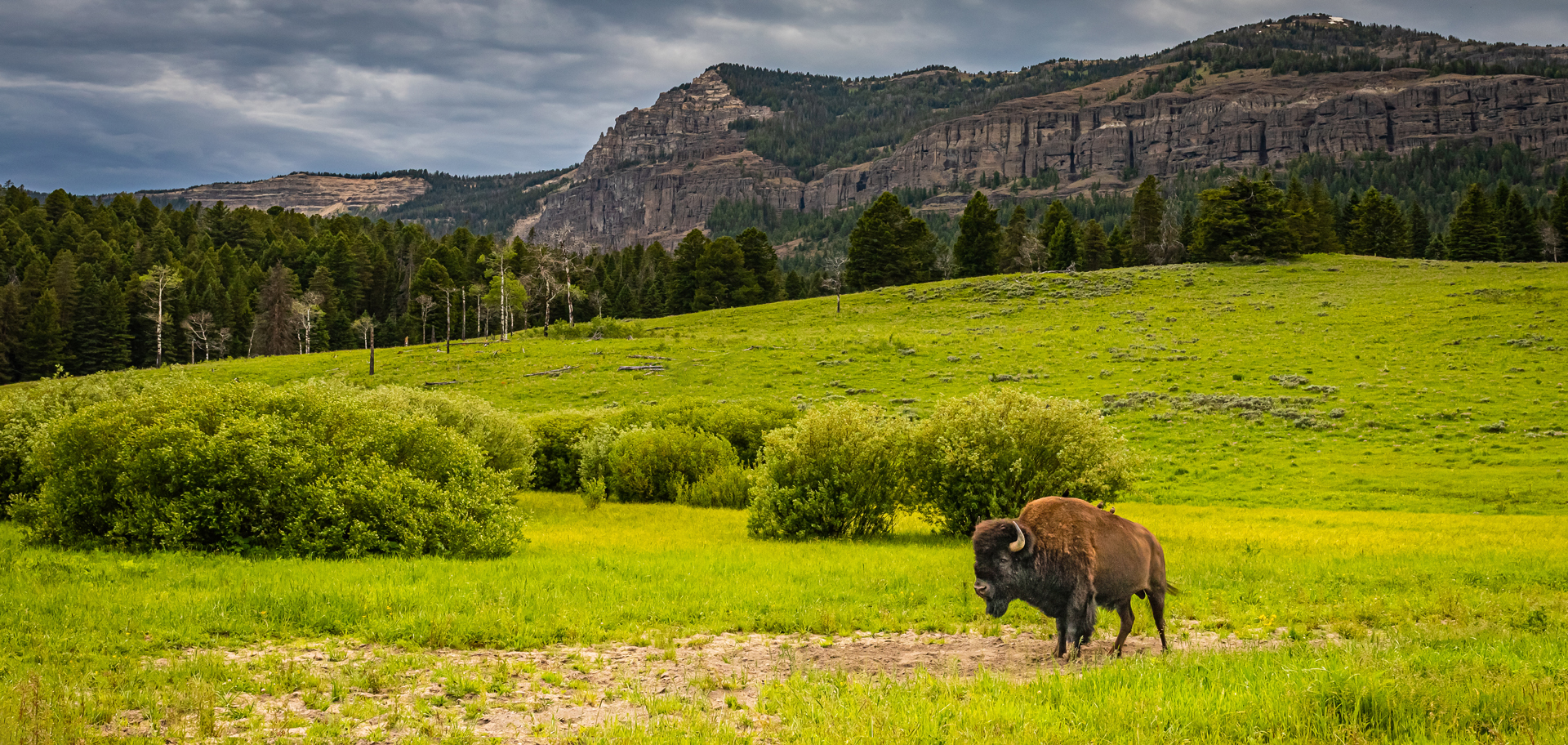
Ecologists have long debated how wildlife should confront challenges with their food supplies. In summer, when food is abundant, should they practice diversifying their diets? Or should they wait to vary what they eat when they’re forced to accept whatever is available—such as in a hard winter?
Foraging behaviors—nuanced and specialized
But what do these large herbivores in Yellowstone National Park find to eat? Scientists at Rhode Island’s Brown University and at the National Park Service decided to collaborate to discover how different species compete for enough food to survive the winter.
After two years of study, with the aid of cutting-edge molecular biology tools and GPS tracking data, the researchers were able to determine not only what herbivores in Yellowstone eat, but also what strategies the animals use to find food throughout the year. The team published its findings in the Royal Society Open Science journal in September 2024.
In Yellowstone, vegetation changes across seasons; but until now, we didn’t know how these seasonal shifts affect what animals eat or how they sustain themselves when options are limited. For decades, ecologists debated how wildlife should confront challenges with their food supplies. Some experts argued that animals should diversify their diets to satisfy their taste preferences when they have the most freedom to select their favorite foods; thus, in summer. Others have posited that animals should variegate what they eat when they’re forced to accept whatever happens to be available—such as in a hard winter when they may even have to compete for undesirable foods.
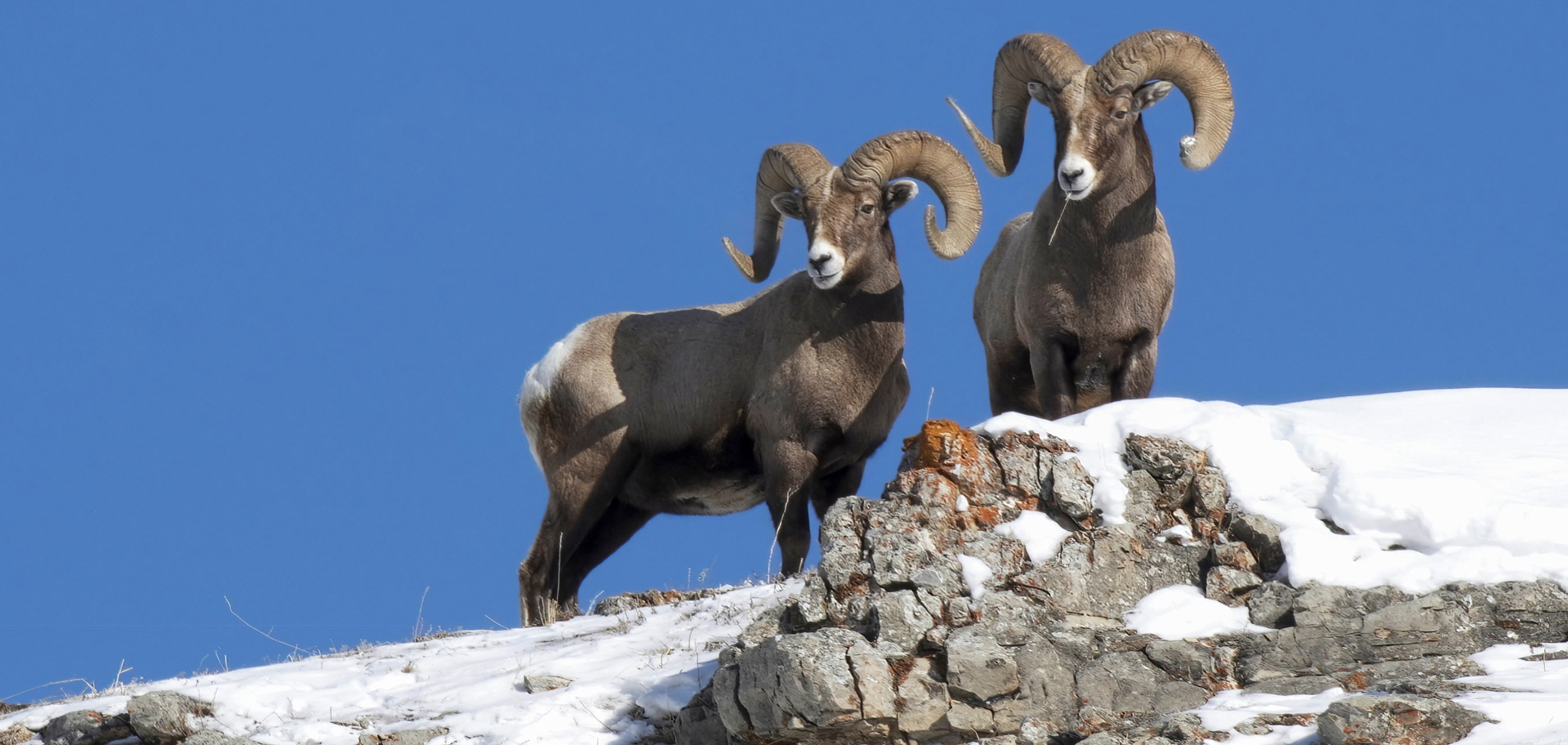
By tracking five of Yellowstone’s best-known species—including bighorn sheep—and analyzing fecal samples, it was discovered that all species capitalized on the seasonal abundance of wildflowers in summer. In winter, however, each species foraged for the plants for which they were best suited.
These opposing theories couldn’t both be true, so it wasn’t at all clear how Yellowstone’s assemblage of herbivore species—with such a diversity of foraging behaviors—could succeed in finding enough food throughout the year.
So, for their study, the researchers used two years of GPS tracking and dietary DNA data to elucidate dietary variation across times of resource limitation and resource abundance for five of Yellowstone’s best-known species: bighorn sheep, bison, deer, elk and pronghorn. The scientists and staff at Yellowstone National Park tracked the animals. Researchers at Brown University analyzed fecal samples using a sophisticated molecular technique called metabarcoding, which helped to identify what foods the animals had consumed.
They found that all species capitalized on the seasonal abundance of wildflowers in summer, and that each species consolidated its foraging efforts around the subset of plant types that it was best prepared to compete for in winter. But the researchers discovered that feeding behaviors also depended on an animal’s body size.
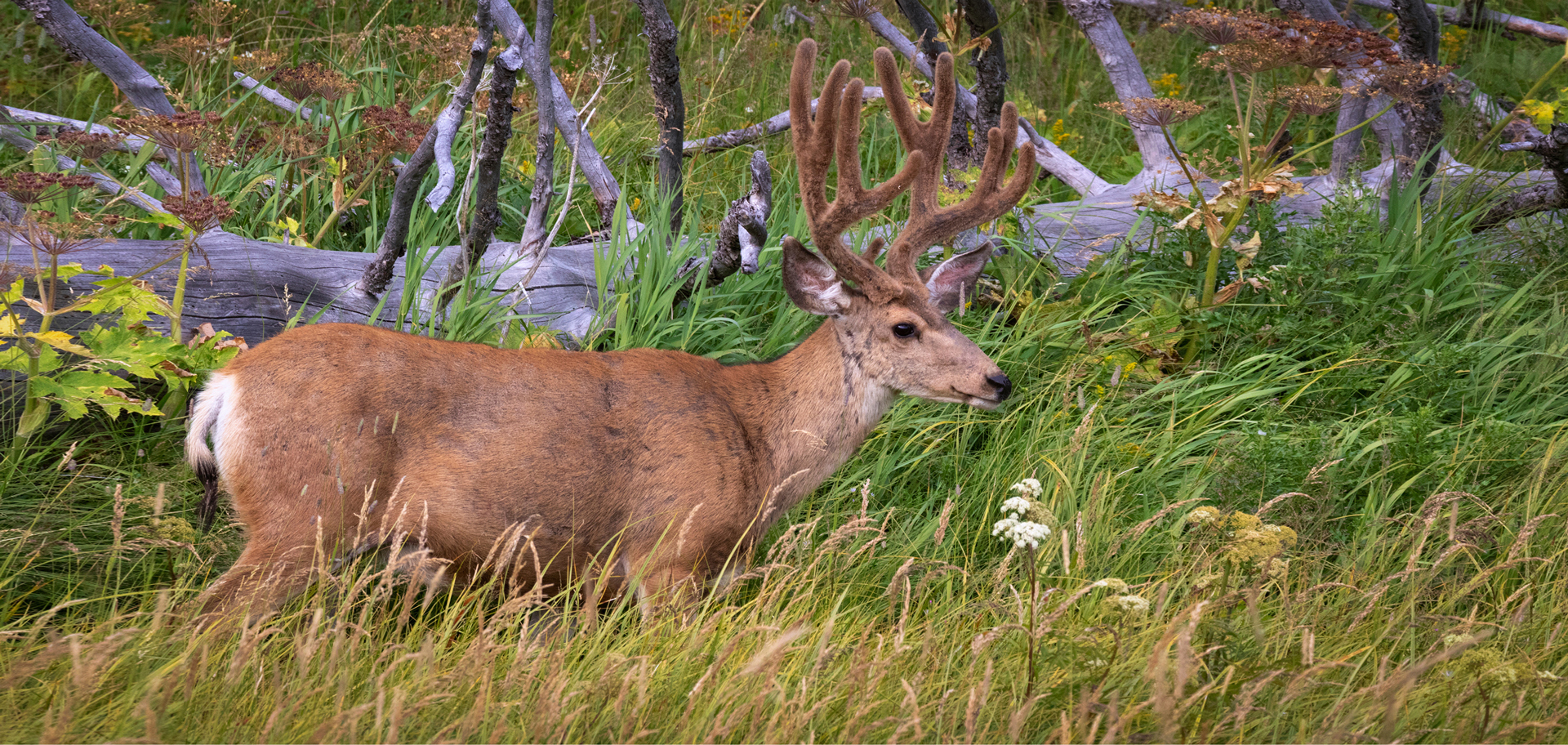
Members of the smallest species, such as mule deer, tended to fan out across summer meadows and dramatically expand their diets before gathering in protected valleys, where they survive the winter by feeding on leftover plants.
Members of the smallest species, such as deer and sheep, tended to fan out across summer meadows and dramatically expand their diets before gathering in protected valleys, where they survived the winter on leftover plants. Larger animals, like bison, tended to do the opposite: in the winter, they were large enough to avoid competing for dwindling resources, so instead they ventured out into deep snow to find unique food reserves inaccessible to the smaller deer and sheep.
The study results demonstrated that these species feed far more adaptively than anyone had previously assumed. All species switched the ways that they search for food, but the opportunities an individual bison has to fuel its migration or survive a hard winter might only work for it because it’s big. Meanwhile, other species might need to band together for protection in winter because they’re small.
So, when should animals search for unique foods to diversify their diets—summer or winter? The researchers say it depends on the kind of animal. Because of the variety of ways that the wildlife behaved in the study, the scientists learned that both hypotheses about how animals should power their migrations were right, but in different ways and at different times. The question that biologists should have been bickering about for the past generation shouldn’t have been “Which foraging strategy is right?”; but rather, “When does each strategy work best for a given group of animals?”
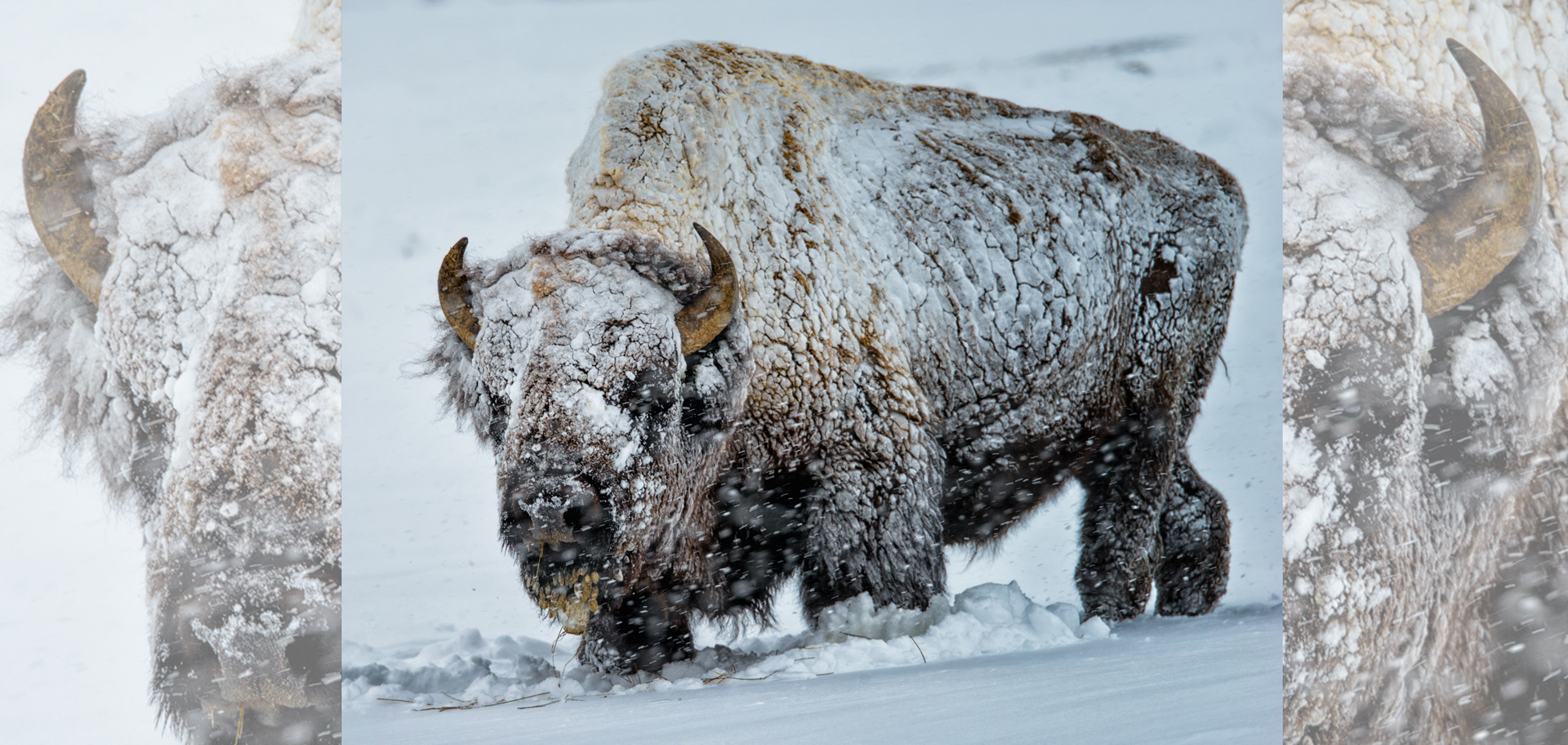
Larger animals, like bison, tend to do the opposite: in winter, they’re large enough to avoid competing for dwindling resources, so instead they venture out into deep snow to find unique food reserves inaccessible to smaller animals, like deer and sheep.
The researchers conclude that if we want to help wildlife populations thrive, we should be maintaining a diversity of habitats and plant resources across their migratory corridors so that they—each with their own preferences, personalities and needs—can find what’s best to charge their journeys. These more nuanced insights about foraging behavior will help scientists take a more customized approach to wildlife conservation.
Methane-producing organisms—excitement for exobiologists
On the opposite end of the spectrum from Yellowstone’s largest animals, there’s news from the small side. Two papers published in the journal Nature in July 2024, describe researchers’ verification of the first known examples of single-celled organisms that produce methane to exist outside the lineage Euryarchaeota, which is part of the larger branch of the tree of life called Archaea.
The first paper, from scientists at Montana State University (MSU), confirmed the presence of methane-producing single-celled organisms are called “methanogens” in Yellowstone National Park hot springs. While humans and other animals eat food, breathe oxygen and exhale carbon dioxide to survive, methanogens eat small molecules—like carbon dioxide or methanol—and exhale methane. Most methanogens are strict anaerobes, meaning they cannot survive in the presence of oxygen.
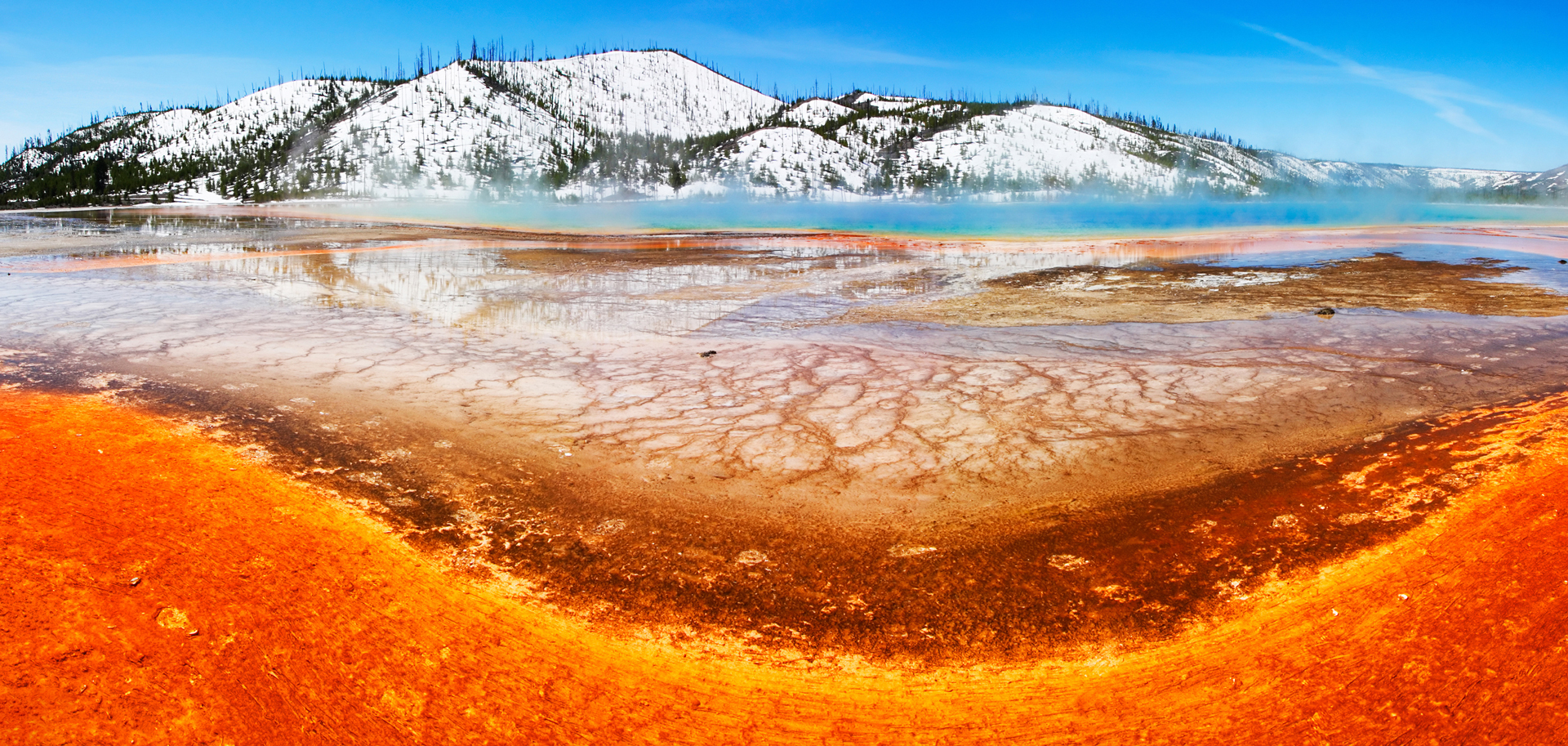
Newfound methanogens in Yellowstone hot springs are the first known examples of single-celled, methane-producing organisms to exist outside the lineage “Euryarchaeota.” While we eat food, breathe oxygen and exhale CO2, methanogens eat small molecules—like CO2 or methanol—and exhale methane.
Scientists have known since the 1930s that many anaerobic organisms within the Archaea are methanogens, and for decades they believed that all methanogens were in a single phylum: the Euryarchaeota. But about 10 years ago, microbes with genes for methanogenesis began to be discovered in other phyla, including one called Thermoproteota. That phylum contains two microbial groups, called Methanomethylicia and Methanodesulfokora. All that scientists knew about these organisms was their DNA. No one had ever seen a cell of these supposed methanogens; no one knew if they used their methanogenesis genes or if they were growing by some other means.
The MSU team members set out to test whether the organisms were living by methanogenesis. Samples were harvested from sediments in Yellowstone National Park hot springs that ranged in temperature from 141 to 161 degrees Fahrenheit. The scientists then grew the Yellowstone microbes in a lab. The microbes not only survived but thrived—and they produced methane. The team is now working to characterize the biology of the new microbes.
At the same time, a research group from China’s Biogas Institute of Ministry of Agriculture and Rural Affairs and Wageningen University and Research in the Netherlands successfully grew another one of these novel methanogens, a project they had worked on for six years. Their paper reporting the isolation of another member of Methanomethylicia was published jointly with the MSU study.

Methanogens produce 70% of the world’s methane, a gas 28 times more potent than carbon dioxide in trapping heat in the atmosphere.
While one of the newly identified group of methanogens, Methanodesulfokora, seems to be confined to hot springs and deep-sea hydrothermal vents, Methanomethylicia are widespread. They are sometimes found in wastewater treatment plants, the digestive tracts of ruminant animals and in marine sediments, soils and wetlands. That’s significant, because methanogens produce 70% of the world’s methane, a gas 28 times more potent than carbon dioxide in trapping heat in the atmosphere, according to the U.S. Environmental Protection Agency. Methane levels are increasing at a much higher rate than carbon dioxide, and humans are now pumping more methane into the atmosphere than ever before.
The researchers say that their experiments generated many more questions that will spark future work. For example, scientists don’t yet know whether Methanomethylicia that live in nonextreme environments rely on methanogenesis to grow or if they grow by other means. Whereas most methanogens within the Euryarchaeota use CO2 or acetate to make methane, Methanomethylicia and Methanodesulfokora use compounds such as methanol. This property could help scientists learn how to alter conditions in the different environments where they are found so that less methane is emitted into the atmosphere.
The newly published research was funded by NASA’s exobiology program. NASA is interested in methanogens because they may give insights into life on Earth more than 3 billion years ago—and the potential for life on other planets and moons where methane has been detected.
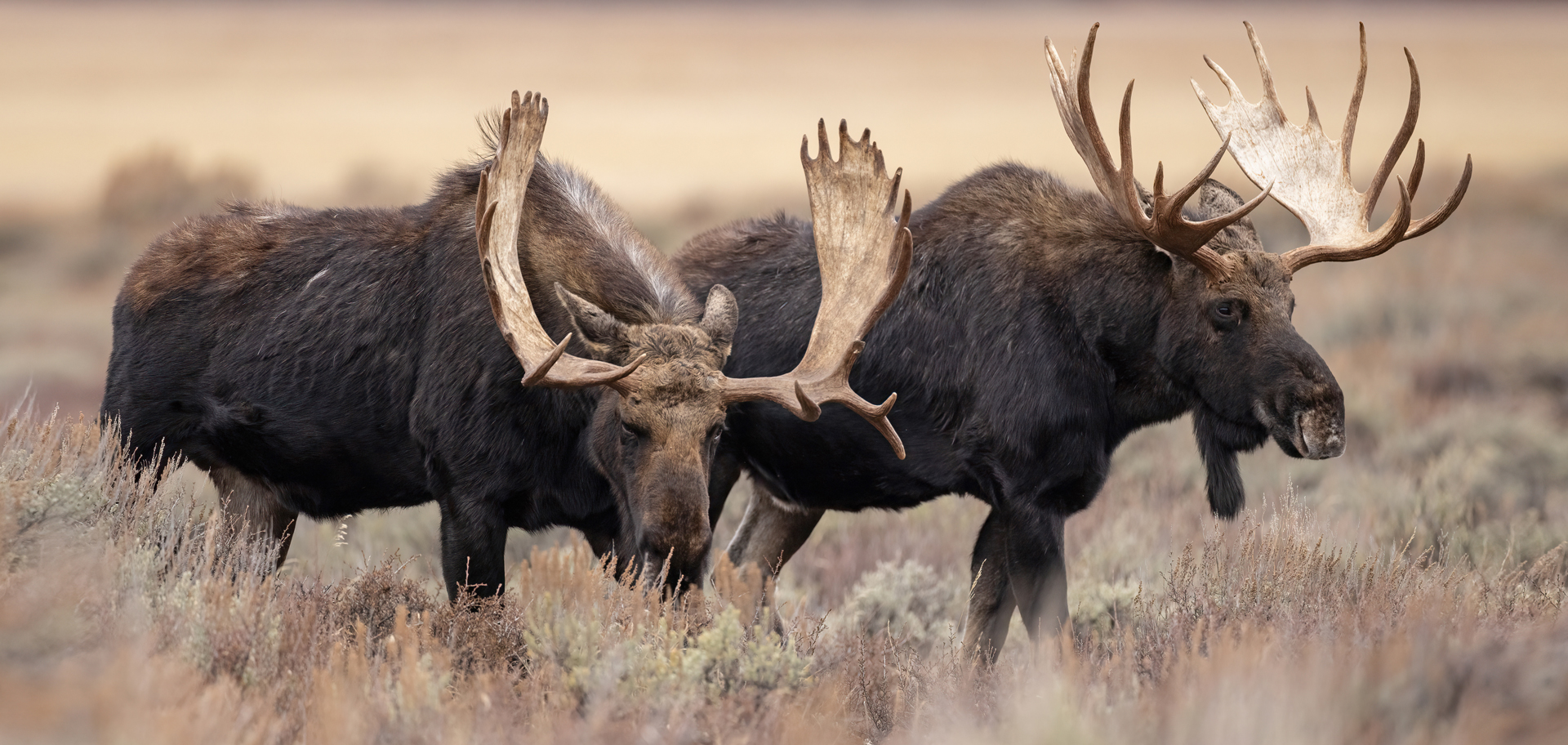
Animals, such as moose—large, browsing herbivores that eat the leaves and twigs of woody plants—have been solving the problem of getting enough food for millennia. How we procure our sustenance is a story thread that connects all of us in the animal kingdom.
Solving the problems of existence—common ground
Some life-forms in Yellowstone National Park have millennia-long histories that we can trace. Others are just beginning to make themselves known to us. Learning how they live and solve the problems connected to existence—how they find their sustenance—is the fundamental story of all lives, a thread that connects us all, old or young, large or infinitesimal.
Here’s to finding your true places and natural habitats,
Candy
The post Lives of Yellowstone: From Large to Small; Ancient to New first appeared on Good Nature Travel Blog.